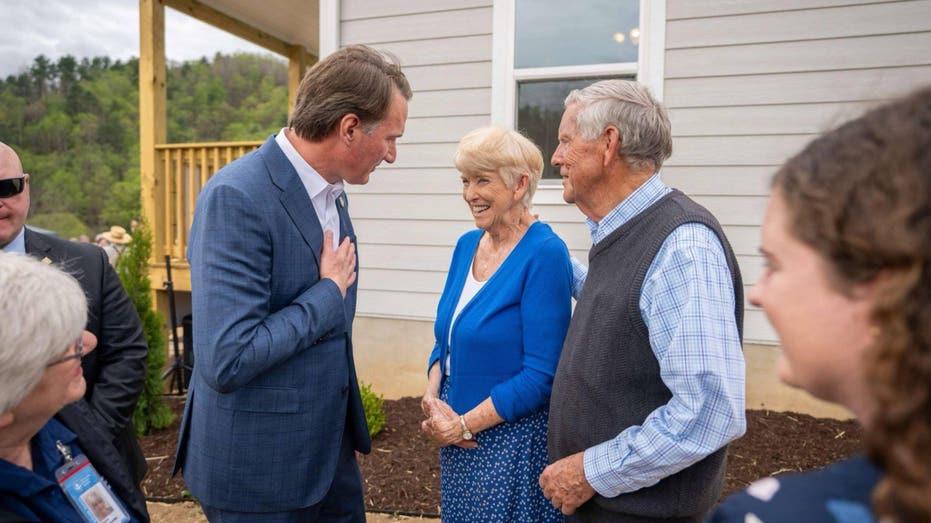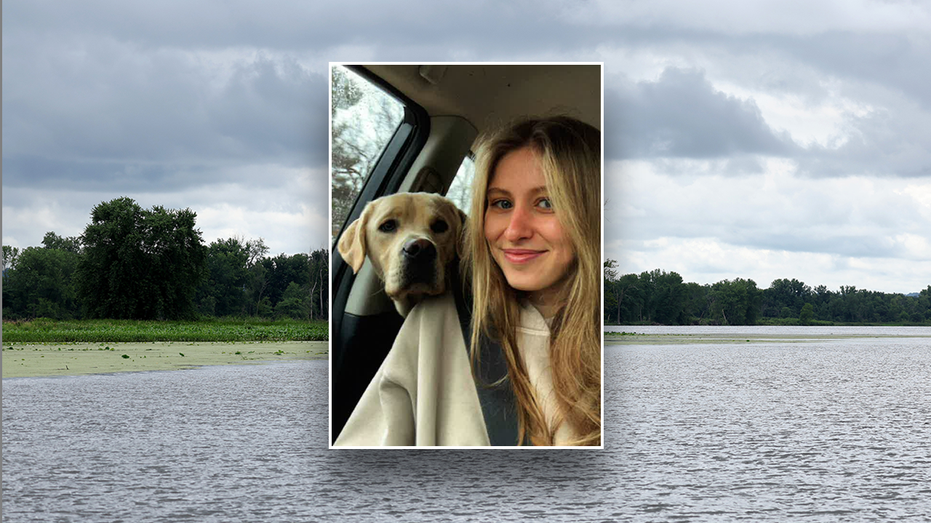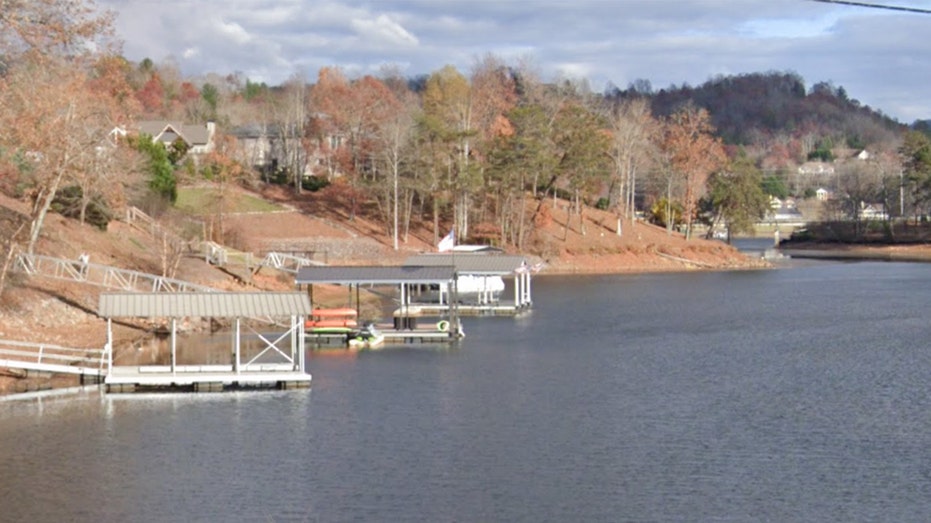Virginia Couple Reunited and Rehoused by Volunteers After Hurricane Helene’s Devastation

Sarah Johnson
April 29, 2025
Brief
After surviving Hurricane Helene, a Virginia couple receives a new home built by volunteers, highlighting ongoing recovery efforts and funding challenges in the region.
A Virginia couple who survived the terrifying wrath of Hurricane Helene now have more than just survival stories—they’ve got a brand-new home, courtesy of an army of volunteers and nonprofit groups. Carl and Linda McMurray, who had a near-death experience when the storm shredded their house last October, celebrated the ribbon-cutting of their rebuilt home with Governor Glenn Youngkin and Rep. Morgan Griffith watching on. Talk about a housewarming party with a guest list!
Their home is just one of many in the works, with a $1.4 million project underway to help storm victims across the region. Funding’s coming from just about everywhere—local governments, the United Way, foundations, and everyday donors pitching in to help neighbors get back on their feet.
Carl and Linda’s ordeal was the stuff of disaster movie scripts: as floodwaters tore through their home, they scrambled to the second floor with life jackets. Carl was swept away by torrents and clung to a tree for hours, only to be rescued by helicopter. Meanwhile, Linda was left alone in the collapsing house, surviving by the light of her watch and the warmth of some Afghan blankets. Sixteen hours later, she too was rescued. The couple, married 57 years, didn’t know the other had survived until they were tearfully reunited in a hospital room—proof that sometimes happy endings aren’t just for movies.
Governor Youngkin summed it up: "There were heroes everywhere, and that was a moment when we needed heroes. The number of water rescues was astounding, and that is something to say amen to."
Building the McMurrays’ new home took the combined efforts of Mennonite Disaster Service (MDS) and their Amish partners at Storm Aid, with volunteers rotating in for week-long shifts, tackling everything from roofing to plumbing. Each house costs about $130,000 to build, and homeowners are asked to chip in 10% from their FEMA disaster assistance. The rest is covered by the nonprofit Trails to Recovery, which coordinates everything from materials to skilled labor.
MDS even keeps a full-time project manager onsite for weeks at a time just to keep things moving—probably the only person who doesn’t hope construction drags on forever.
Hurricane Helene, a Category 4 beast, left a trail of devastation across southwest Virginia in late September 2024. Roads and bridges vanished, 310,000 people lost power, and over 3,700 farms were pummeled, racking up more than $630 million in damages. In response, the state set up a special Office of Hurricane Helene Recovery and Rebuilding, but the $4.4 billion in federal aid requested by Governor Youngkin is still tied up in Washington. You’d think disaster relief would move faster than a snail on a treadmill, but here we are.
Vice President JD Vance recently visited one of the hardest-hit towns, Damascus, and took some pointed shots at the federal government’s sluggish response. As he put it, everyone from local officials to churches is hustling, but the biggest player—the federal government—is dragging its feet. Sometimes it feels like FEMA stands for "Finally, Eventually, Maybe Assistance."
Topics
Editor's Comments
Is it just me, or do the volunteers in Virginia put HGTV crews to shame? Meanwhile, FEMA’s response speed could make you wish you’d just built yourself a treehouse like Carl—at least he already knows how to hang on for dear life.
Like this article? Share it with your friends!
If you find this article interesting, feel free to share it with your friends!
Thank you for your support! Sharing is the greatest encouragement for us.



